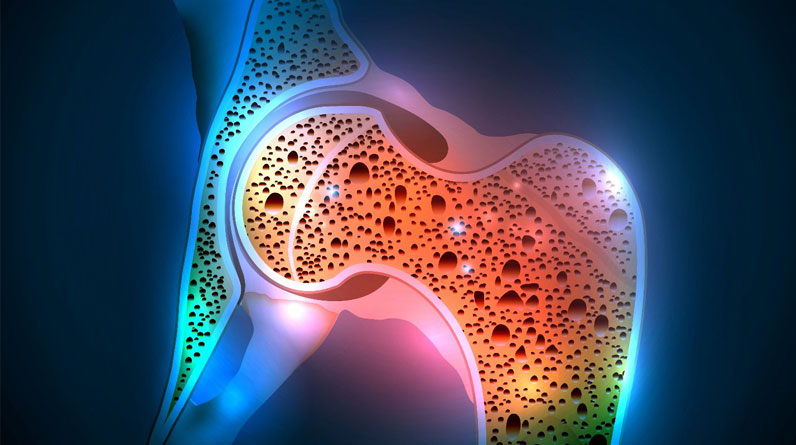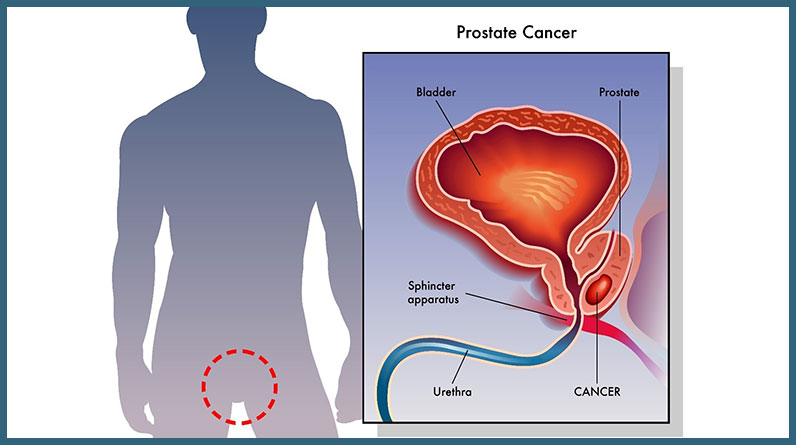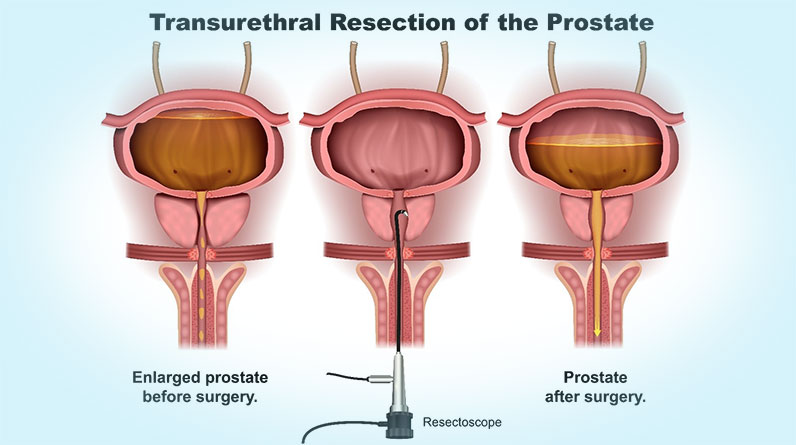
Osteoporosis In Men
Osteoporosis is a common health condition seen in both men and women, typically of an older age demographic. While the prevalence of such a condition is lower in men, osteoporosis persists to be a significant public health risk for men, in part due to the aging population.
Even though osteoporosis is more commonly seen in women, it is a more significant risk to men regarding total mortality and morbidity rates.
Osteoporosis is an important public health issue for men, and more attention to prevention is required. In what follows, we’ll discuss what osteoporosis is and what causes it, the risk factors, and how it’s best treated and prevented.
What is Osteoporosis?
Bone undergoes constant modeling and remodeling over time. Cells within bone are responsible for the formation of new bone, and other bone cells are responsible for the breakdown and reabsorption of older bone. When the formation of new bone does not keep up with the natural breakdown and resorption of older bone, the condition of osteoporosis appears. In this condition, there is a decrease in total bone mass and density, leading to loss of bone strength and a high risk of fracture.
As the space within bones expands, they become thinner, weaker, and more prone to injury. While fractures can occur in the healthiest of individuals, usually related to traumatic injury, in those with osteoporosis, fractures can occur during the simplest of day-to-day activities.
It’s estimated that upwards of 53 million people in the U.S. live with osteoporosis on an annual basis.
As the general population becomes older, more men will develop osteoporosis. This issue makes it of utmost importance that men learn more about the risks of osteoporosis and the importance of seeking care from a health care professional at the earliest stage possible. The longer you wait, the more severe it becomes and the more vulnerable you become.
What Are The Risk Factors For Osteoporosis?
Men who have osteoporosis are likely to be older, sedentary, have low testosterone, and eat a diet that lacks calcium and other vital nutrients. Although some young men can develop early-onset idiopathic osteoporosis, most cases are in older men.
The following are the most common causes and risk factors of osteoporosis:
- Age
- Sedentary Lifestyle or Lack of Physical Activity
- Poor Diet Lacking Calcium and other Beneficial Nutrients
- Low Testosterone Levels in Men
- Poor Habits Such as Smoking and Alcohol Abuse
- Some Medications
- Vitamin D Deficiency
Other indirect causes of osteoporosis are as follows:
- Hyperthyroidism
- Anorexia
- Diabetes
- Cardiovascular Disease
- HIV
- Tissue Disorders
- Inflammatory Disease
- Leukemia
- Lymphoma
- Arthritis
It’s imperative to take preventative measures with aging, such as obtaining health screenings with your doctor or health care provider. These screenings include the use of a bone scan or dexa scan, which uses a low dose, dual-energy xray type to measure the density of the bones in the body. This method is quite safe because it uses lower radiation levels than usual xrays. These screenings will detect osteoporosis at an early stage, which can help prevent the progression of the condition.
Since men are far less likely to schedule regular health screenings, it’s even more critical that men are educated on the potential development of osteoporosis with aging.
Treatment and Prevention Mechanisms
Osteoporosis is a treatable and preventable public health condition amongst men and women alike. The first step towards prevention is evaluating your lifestyle and changing behaviors that can lead to osteoporosis.
The risk factors of a sedentary lifestyle, diets lacking in nutrients such as calcium and vitamin D, and low hormonal levels must be addressed first. Implementing a regular physical activity routine and a healthy diet that promotes good bone health is imperative. Some excellent food sources of calcium in our diets are milk, yogurt, kale, salmon, and almonds. You can also get Vitamin D from egg yolks, mushrooms, and fortified orange juice.
The following are the most common and effective treatments for osteoporosis:
- Hormone Replacement Therapy (For Men with Low Testosterone Levels)
- Implementing Exercise
- Natural Supplementation
- Osteoporosis-based Medications
- Calcium and Vitamin D Supplements
- These treatments don’t cure the process, yet they can provide stabilization of the condition.
Final Thoughts
Depending on your age and health status, osteoporosis is of great concern and is most certainly overlooked when it comes to men’s health. Osteoporosis can be complicated by pain and discomfort, and in the worst scenario, bone fractures. Fractured hips in older individuals can be complicated and highly debilitating.
Proactive individuals can ward off the complications of osteoporosis. For example, if you’re a naturally active individual who exercises regularly, consumes a diet rich in calcium and other vital nutrients, and takes the necessary medications when appropriate, osteoporosis can potentially be avoided.
Yet, if you ignore the early signs and symptoms and allow them to develop and worsen, osteoporosis can be irreversible, ultimately resulting in long-term debilitation and pain.
The best course of action is to consult with your doctor. By curating a prevention plan and effective treatment protocol, you’ll be able to reduce the risks and eliminate the concerns regarding osteoporosis.





